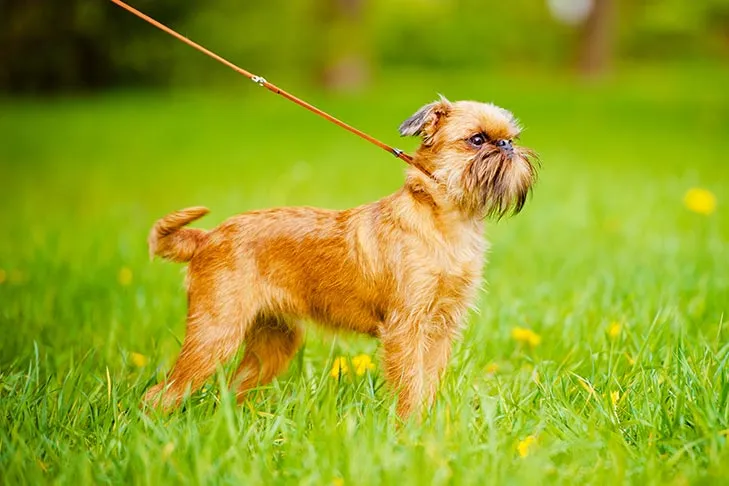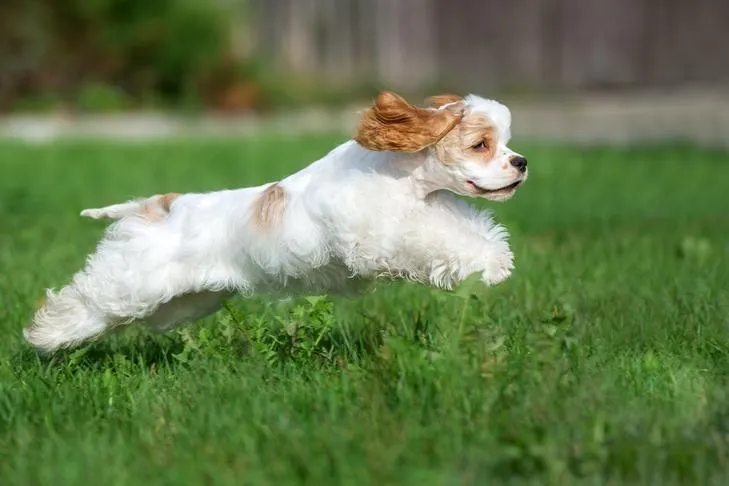Learning reliable recall, or teaching your dog to come when called every time, is essential for their safety and your peace of mind. Dogs often get distracted by the exciting world around them, making it tough to pull them away from fun scents or sights. To master how to get your dog to come every time, you need to make coming to you the most rewarding experience possible, outshining all other temptations. This skill can prevent dangerous situations and allow more freedom during walks or playtime.
For many dog owners, achieving a rock-solid recall transforms daily life, especially in unfenced areas. If you’re struggling with a dog that ignores your calls, start with consistent, positive training methods that build trust and excitement.
What Is Reliable Recall?
Reliable recall means your dog responds enthusiastically to your call with near-perfect consistency—think 99% success rate in real-world scenarios. No dog is a robot, but this lifesaving command should work reliably off-leash outside fenced yards or dog parks. It’s crucial during emergencies, like near traffic or wildlife.
A strong recall lets you give your dog more freedom without constant worry, but it requires patience and proofing in various environments.
Alternatives to Off-Leash Play
If your dog’s recall isn’t ready for off-leash adventures, keep them safe on a leash. Opt for fenced play areas or use a long leash for controlled exploration. This balances fun and safety while you build skills.
 Brussels Griffon standing in the grass on leash
Brussels Griffon standing in the grass on leash
Always follow local leash laws, even in your front yard or public parks. Respecting rules protects everyone and avoids fines.
Training Recalls Step by Step
Turn recall training into a fun game to keep your dog engaged. Begin indoors with zero distractions: show a high-value dog toy or tasty treat, praise as they approach, and reward generously. Repeat until they move toward you reliably, then introduce your cue like “come” or “here” only when success is certain.
Gradually increase challenge: call before revealing the treat, use premium rewards like chicken, cheese, or beef liver, and add distance. For dogs that pull during walks, check out how to teach a dog to walk without pulling to complement your recall efforts.
Fun Recall Games to Build Skills
Games accelerate learning by making how to get your dog to come every time playful:
- Catch Me: On-leash, get attention, run a few steps, say “Come!” and reward when they follow. Avoid leash jerks by ensuring focus first.
- Find Me: Call from another room for a hide-and-seek thrill, praising wildly on arrival.
- Hot Potato: With family or friends, take turns calling and rewarding to practice switching handlers.
Avoid a common pitfall: don’t leash up and end fun after a recall. Instead, reward, praise, then release them to play. This keeps the cue positive. Related leash issues? See training a dog who pulls on leash.
 Cocker Spaniel running in the yard
Cocker Spaniel running in the yard
Fixing a Poisoned Cue
If you’re yelling “Come! Come!” with no response, your cue might be “poisoned”—overused or negatively associated. Dogs tune it out when it loses meaning.
Switch to a fresh word like “here” or “close,” then retrain from basics in low-distraction settings. Patience rebuilds the positive link.
Essential Recall Training Tips
- Don’t repeat the cue: Too many calls signal high distraction—lower the challenge or improve foundation skills.
- Reward eye contact: Treat voluntary closeness to reinforce that being near you means good things.
- Never punish arrivals: Praise every response, even slow ones, to avoid fear.
- Use top rewards: High-value treats/toys during early stages cement the habit.
- Practice daily: Gradually add distractions; rushing causes setbacks.
In emergencies, don’t chase—instead, run away to trigger their chase instinct. For puppy starters, explore how to learn a puppy to walk on a leash.
Mastering how to get your dog to come every time takes time but pays off in safety and joy. Stay consistent, keep sessions short and rewarding, and celebrate progress. Your dog will soon view you as the ultimate fun source. Ready for more? Check how to get my dog to come every time or contact Dog Care Story for personalized training advice.
